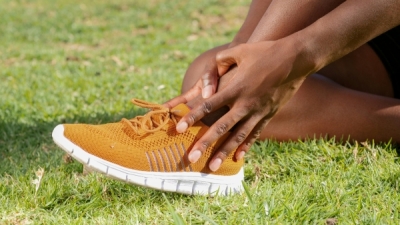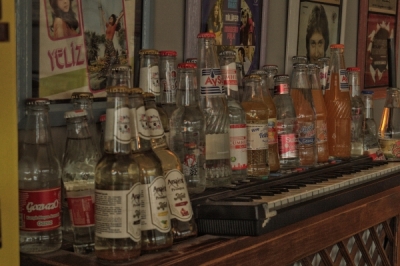It is common sense that excessive alcohol consumption can disrupt interpersonal relationships. On the other hand, we have the opposite interaction: studies show that people who are in a loving relationship, such as dating, engagement or marriage, are less likely to make harmful use of alcohol and other drugs.
A recent study analyzed the differences between “marital status” and its relation to alcohol consumption (1), in a group of 620 people between 18 and 24 years old, analyzed monthly during the period of one year. They were divided into several categories of affective relationships, from “single, not seeing anyone”, through “stable relationship” and even “recent breakup”. Singles and people in a stable relationship reported a lower degree of alcohol consumption, while the groups that reported being "single, but seeing other people", "single, with a recent breakup" and "recent breakup and beginning of another ” reported a 2- to 4-fold higher frequency of binge drinking (HED, heavy episodic drinking). The general conclusion of the authors is that the stability of the marital status could contribute to lower levels of alcohol consumption, since single people (who are not seeing anyone) and people in a stable relationship reported a lower amount of alcohol intake, while those who reported starting and ending a relationship within a year tended to drink more.
Another important aspect of romantic relationships are “health behaviors”, defined as actions that bring benefits to the person's well-being, for example, exercising, eating healthy and not engaging in alcohol abuse. Some studies show that there is a certain “transmission” of these behaviors among the people they interact with, and this may be one of the factors that improve the quality of life and reduce the harmful use of alcohol in some individuals (2). The relationship, however, is two-way, as behaviors that are harmful to health can also be reinforced between the couple and people who are in a relationship with someone who practices HED are more likely to drink in the same harmful pattern (3,4).
In this scenario, there are limitations that need to be considered. The first is that “correlation does not imply causation” and, in this sense, research that shows the protection factor associated with relationships should not be used to pressure someone to enter into a stable commitment. This is particularly relevant in the case of women, since several studies show the impact of prejudices and stigma on single women (5,6), while, on the other hand, some data suggest that single women may have indices of quality of life equal to or greater than those of married women (7). Another important factor to be considered is how important the romantic aspect of the relationship is in terms of protective factors. This is still little explored in the scientific literature, and there is the possibility that people in a stable and non-romantic relationship, friends who live together, for example, are also prone to the same associations observed in romantic relationships, both in terms of lower rates of harmful alcohol consumption and health behaviors.











